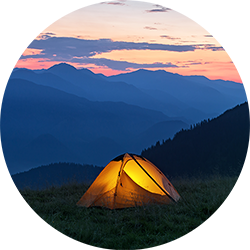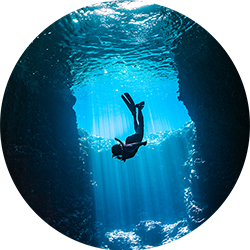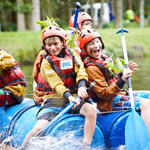Places to See in Nepal
Pashupatinath Temple, Sagarmatha National Park, Phewa Lake, Langtang National Park, Swayambhunath Stupa, Devi’s Fall, Nagarkot, Chandragiri, Janaki Temple, Mount Annapurna, Chitwan National Park, Swayambhunath, Bhaktapur Durbar Square, and many more places.From adrenaline rushing mountain peaks, glaciers and waterfalls to spiritual temples, pagodas and missionaries, the places to visit in Nepal are not only abundant but awe-striking. Nepal is a majestic and culturally diverse country that attracts visitors for numerous reasons. Some come here for its majestic peaks to trek and hike and others visit here to seek peace in its monasteries and temples.
Various tourists are lured by the ancient temples and pagodas like Bodhnath Stupa, Monkey Temple, Lumbini, etc., promising spiritual awakening. The spectacular natural beauty offered in the locations like Nagarkot and Chandragiri guarantees complete rejuvenation. The capital city of Kathmandu itself is a great retreat amidst natural surroundings and royal ambience and features some of the most sacred and historic places to see in Nepal.
Chitwan National Park is famous for wildlife viewing whereas Pokhara offers perfect settings for embarking on treks. Nepal is truly an ethereal tourist destination that has something for everyone to make a trip remarkable and heavenly.









